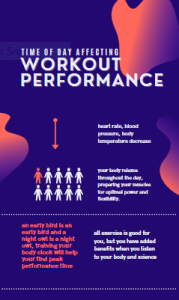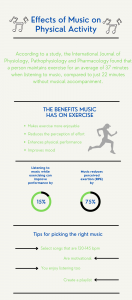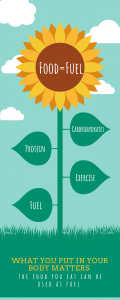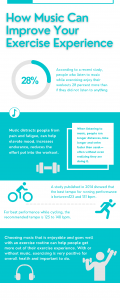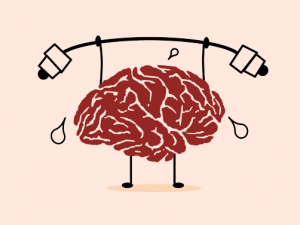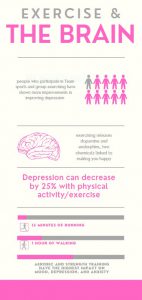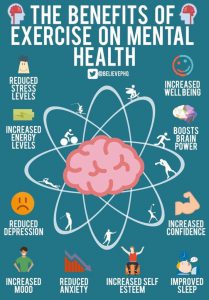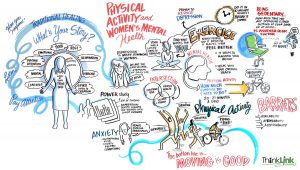By: Sarah Knox
The Conventional Deadlift, an exercise known by many, when done correctly can completely transform your physique. Deadlifts are an underrated exercise that emphasize the posterior chain (hamstrings, glutes, and lower back) but can benefit the entire body. Because the deadlift demands engagement from all muscle groups, deadlifting consistently can aide in strengthening other lifts such as bench, squat, overhead press, and lunges. Prioritizing technique is crucial to reaping the benefits of deadlifting. To begin deadlifting consistently, you can incorporate exercises like superman, good mornings, and back extensions to train your body to lift the bar effectively and correctly under load. A limiting factor to beginning deadlifts is lower back strength, not because the lower back lifts the weight, but because there usually is a muscular imbalance to the antagonist muscles, the abdominals. Most know to train the abdominals but do not know that there are a series of muscles that encapsulate the spine that do not receive as much attention. Incorporating these exercises will elevate your experience during deadlift as well as protecting your lower back from potential injury.
Image Link: https://www.boomfit.com/en/blog/deadlift-most-common-mistakes-b42.html
HOW TO: Begin with feet shoulder width apart facing the barbell. There should be a soft bend in the knee before you reach down for the bar. As you reach down, you will bend the knees and hinge the hips back. You would want to think about closing a door with your rear end. Shoulder blades will be activated by bringing the shoulders to the ears like a shrug, pushing the chest out and pulling the shoulder blades back, and then “locking the lats” in place by pushing the shoulders down. Address the bar by gripping the knurling (the rough grip on the bar) just outside of where your shins are on the bar. Inhale deeply, then exhale and contract the abdominals. Your head should be in line with the spine; look forward but not up. From here act like you want to push the floor away from you. Viola, you have completed a deadlift.
References
Stiefel, S. (2006, 04). BACK FROM THE DEAD. Joe Weider’s Muscle & Fitness, 67, 78. Retrieved from https://libproxy.uco.edu/login?url=https://www.proquest.com/magazines/back-dead/docview/216375801/se-2?accountid=14516


